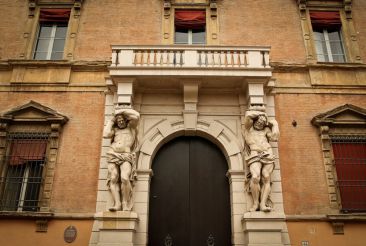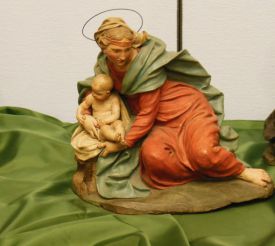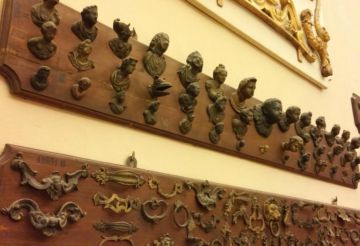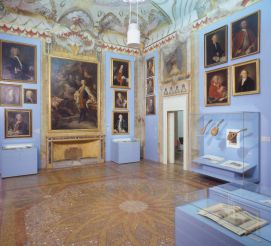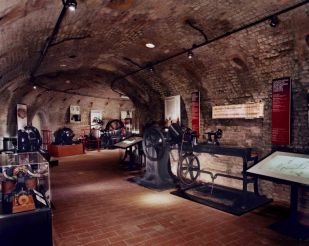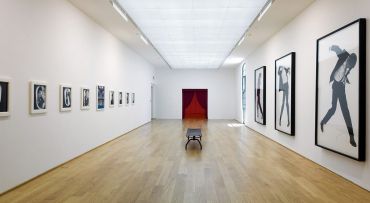Museum of Industrial Art and Davia Bargellini Gallery, Bologna
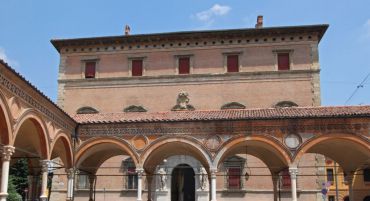
The Museum of Industrial Art and Davia Bargellini Gallery (Museo Civico di Arte Industriale) is a part of the system of the Civic Museums of Ancient Art in Bologna. It combines two diverse collections of fine and decorative art. They are housed in the halls and rooms of the 17th-century Baroque palace which still has the original interior and furniture that dates back to the 18th century.
History of the museum
The palace was commissioned in 1638 by Senator Camillo Bargellini, the architect Bartolomeo Provaglia was put in charge of the project. In 1658, remarkable sculptures of mythical creatures, Telamons, were placed at both sides of the entrance. In 1730, the architect Carlo Dotti designed a typical Italian Baroque mansion monumental staircase leading to the second floor. In 1839, because of the rivalry with another noble family, the last male representative of the Bargellini family died, and the palazzo came into ownership of the Davia family. The latter owned the estate until 1874 until it was sold to the state. The palazzo still keeps a rich collection of paintings created by previous owners.
Then in 1919 an idea to create a museum similar to European palaces of the 18-19th centuries was formed in Francesco Malaguzzi Valeri’s mind. It was implemented later in 1924. The core of the museum was the picture gallery of the Davia and Bargellini families, as well as the collection of applied artworks by Francesco Malaguzzi. After the collections were combined, the museum received a new name.
Museum’s exhibition
The picture gallery consists mainly of pieces that once belonged to the Bargellini family. It presents a portrait gallery with family members on the paintings – it’s so complete that it can be called a genealogical tree. Also in the gallery, there are canvases created by various artists dating back from the Middle Ages to the 19th century. The most famous and valuable specimens are "Madonna dei Denti" by Vitale da Bologna, as well as artworks by Giuseppe Maria Crespi, Prospero, and Lavinia Fontana.
The applied art collection (can also be considered industrial art, according to the terminology of the 19th century) is pretty varied. Its base includes objects collected by the Count of Malagutstsi, and from acquisitions in the antiquarian market, carried out in the 1920s. Among such variety, visitors will especially enjoy a collection of wrought iron works, a late 18th-century carriage, a number of sculptures made by Bolognese artists, as well as a very valuable and detailed 18th-century puppet theater. All this is accompanied by a great number of original luxury furniture that dates back to the 17th-19th centuries; it is exhibited in the museum halls which once were living rooms. Thus the interior of the noble 18th-century palace is excellently replicated. Among other exhibits, there are bronze artifacts, ornaments, ceramics, glass, fabrics, clothing, and musical instruments.
How to get
The museum is located in the historical center of Bologna, on one of the central streets called Str. Maggiore, 44. The International Museum and Library of Music, as well as the symbol of the city – Two Towers – that is situated in the center, can be found nearby. The closest stop is Strada Maggiore (buses 14, 19, 25, 27, 62).
Opening hours: Tuesday to Friday from 09:00 to 13:00, on Saturday, Sunday and public holidays from 10:00 to 18:30. Closed on Mondays. Contact number for inquiries: (+39) 051 236708.
Admission: free.



